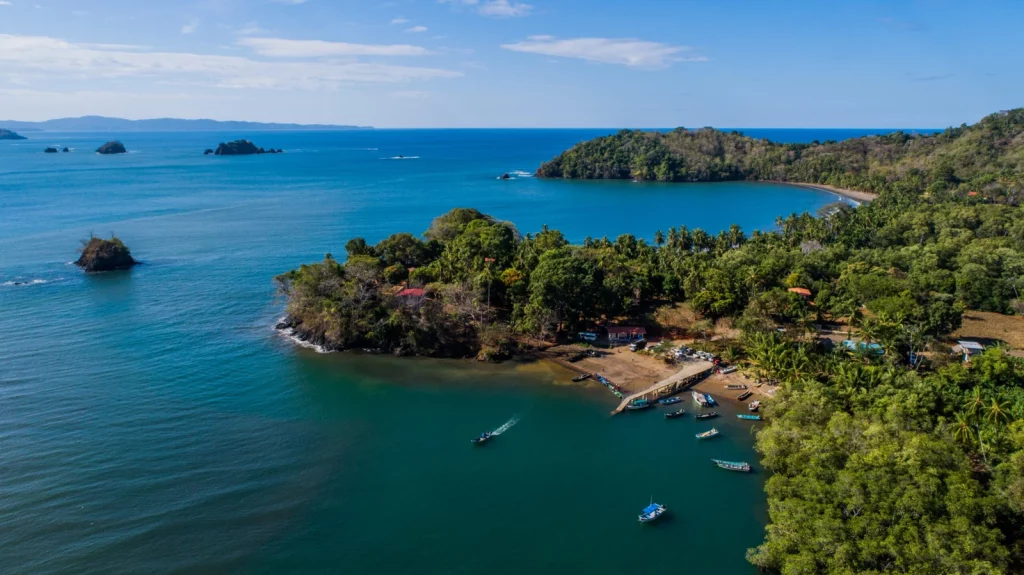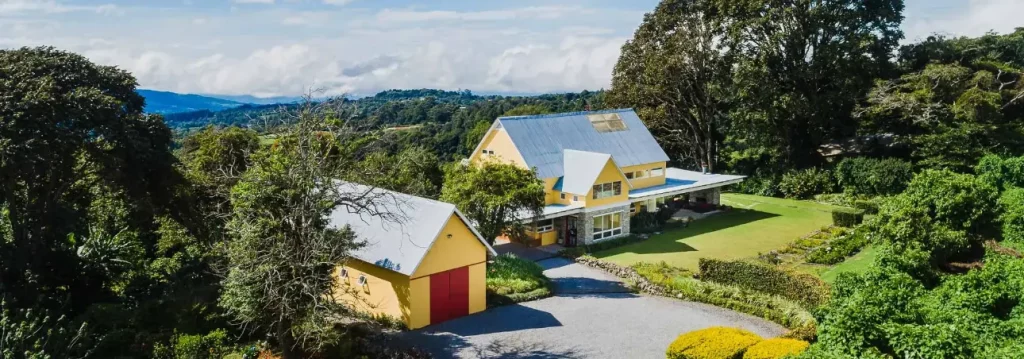
Panama City – The Ministry of Environment (MiAMBIENTE) has announced two contrasting environmental measures this week: the reopening of Coiba National Park, one of Panama’s most prized natural treasures, and the temporary closure of Isla Escudo de Veraguas, a fragile protected area facing severe environmental degradation.
Coiba National Park Reopens After Storm Melissa
After a temporary closure due to Tropical Storm Melissa, MiAMBIENTE confirmed that Coiba National Park, a UNESCO World Heritage Site off the coast of Veraguas, reopened to visitors and tour operators on October 31. The park, known for its pristine beaches, rich marine biodiversity, and coral ecosystems, will resume all activities related to tourism, research, and conservation.
Authorities emphasized that the temporary shutdown was a preventive safety measure to protect both visitors and staff. With the improvement of weather conditions, access to the park’s islands and diving areas has been fully restored.
MiAMBIENTE urged visitors to remain attentive to weather updates and to respect park regulations designed to preserve this unique natural environment. “The safety of our visitors and the protection of our ecological heritage remain our top priorities,” the ministry stated.
To learn more about the province where Coiba is located, visit our Veraguas community page or explore the nearby coastal area of Mariato, Torio, and Morrillo, gateways to many of Panama’s most stunning natural attractions.
Isla Escudo de Veraguas Temporarily Closed Due to Environmental Damage
While Coiba reopens, MiAMBIENTE has taken urgent action to protect another jewel of Panama’s biodiversity. Through Resolution DM-0489-2025, the ministry ordered a one-year closure of the Protected Landscape Isla Escudo de Veraguas-Degó, citing severe environmental disorder and destruction.
Recent technical inspections revealed alarming levels of illegal activity, including deforestation, solid waste accumulation, unregulated construction in mangrove areas, and illegal fishing of protected species such as the Caribbean lobster (Panulirus argus) and Cambute conch (Strombus spp.).
The report also documented direct threats to endemic and critically endangered species, most notably the pygmy three-toed sloth (Bradypus pygmaeus), which exists nowhere else on Earth. Damage was also reported to the habitat of the Zamia hamannii plant and nesting areas of marine turtles, including the leatherback, green, and hawksbill species.
During the closure period, only scientific, restoration, and environmental control activities authorized by MiAMBIENTE will be permitted. The ministry will collaborate with national and local entities—including the ARAP, ATP, and SENAN—to enforce the suspension and provide temporary support programs to nearby coastal and indigenous communities.
Officials are expected to develop a monitoring and ecological recovery plan over the next year to determine whether reopening the area is feasible or if further restrictions will be needed.
Protecting Panama’s Natural Heritage
These contrasting decisions highlight the delicate balance between conservation and sustainable access in Panama’s protected areas. Coiba’s reopening underlines the country’s commitment to environmental management and eco-tourism recovery, while the closure of Isla Escudo reflects a firm stance against environmental violations that threaten globally unique ecosystems.
Panama’s environmental authorities reaffirmed their mission to “restore balance, ensure accountability, and protect the integrity of the nation’s natural legacy for future generations.”
Written on: November 2, 2025



